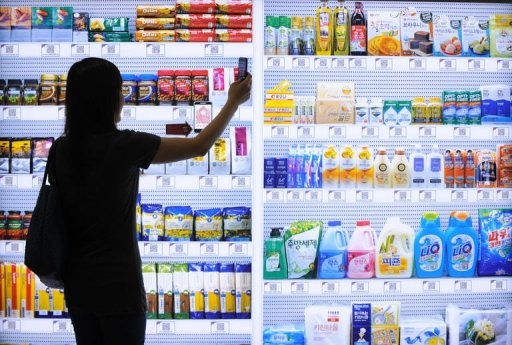Please Note: Due to confidentiality agreement restrictions, we will be referring to a fictitious company called Shoes.nl. The actual company to whom the digital transformation implementation is aimed at does not wish to have their name and business/IT strategy discussed in the public domain.
What happens when your company is experiencing exponential growth, but the IT strategy just cannot keep up? You guessed it … it is time to undergo a digital transformation. Shoes.nl sells shoes and accessories in the Netherlands and abroad, and due to their unique designs and competitive pricing strategy, have experienced a wealth of growth over the past few years. This pattern of growth is expected to continue, with the company predicting a quadrupling of their revenues between 2016 and 2020.
Although this all sounds good in theory, the IT systems, or lack of as the case may be, that are currently in place just do not have the capacity to handle this volume of trade, with many of the basic day-to-day tasks such as order processing being performed manually. This not only is very error prone and time-consuming, but also causes orders to be put on hold because there simply has not been time to handle them yet.
Shoes.nl has two different distribution channels: selling directly to customers in a B2C relationship, and to retailers in a B2B relationship, who then sell to customers through their webshop and sales outlets. The problem with this is that the two webshops that the company uses for its two different types of customers, do not integrate with other systems such as the software used for the bookkeeping and accounting. It is also difficult to control stock, without a proper stock management system in place, with customers and suppliers frequently having to fill in excel sheets which are then manually uploaded by employees.
Shoes.nl has several business needs they want to fulfil, with some of the most important of these being increasing the use of IT in the warehouse, as well as using a more integrable accounting system to link up with other systems currently used. On top of this the company needs to find a ‘one source of truth’ system, enabling information to be easily available when required, in addition to creating a KPI dashboard, using real-time data, and automating order processing. But what type of disruptive technology should the company use to achieve these business needs, and how will they know if it is right for their company? Enter, the Enterprise Resource Planning system.
An Enterprise Resource Planning System, or ERP for short, is a system that allows a company to manage and integrate the most important parts of its business (Investopedia, 2016). But how does Shoes.nl know that they are ready for an ERP system? Well according to Gratch (2015), it may be time for ERP implementation when:
- The amount of inventory in the warehouse becomes difficult to determine
- The company is struggling to keep up with an upsurge of orders or relies heavily on excel spreadsheets
- Getting solid facts becomes problematic
As we know, these are all issues that the company is really struggling with. We therefore recommend a three-step plan which the company can implement to enable them to reach their full potential, and meet all current and future demand through the use of improved IT.
Firstly, Shoes.nl needs to find a new warehouse with IT already embedded, allowing them to get a better grip on their order fulfilment and stock position. Secondly, they need to switch to a bookkeeping and accountancy system with better interoperability. That way, as a final step, they can integrate their different IT systems into one ERP and realise their ambitious plans. In the future, the company can also add more dimensions to their ERP, helping them to transform to a business using IT and the ERP at the forefront of their operations.
References
Gratch, O. (2015) “To ERP or Not to ERP: Should SMB’s Invest In Enterprise Resource Planning?”
Retrieved from: http://www.business.com/technology/erp-what-it-means-for-you-and-your-small-business/
Investopedia (2016) “Enterprise Resource Planning – ERP”
Retrieved from: http://www.investopedia.com/terms/e/erp.asp
Group 44
Suzanne Louis – 369054
Nick Filby – 366641
Luc Faëlens – 369624
Olympe Lefèvre – 374320



